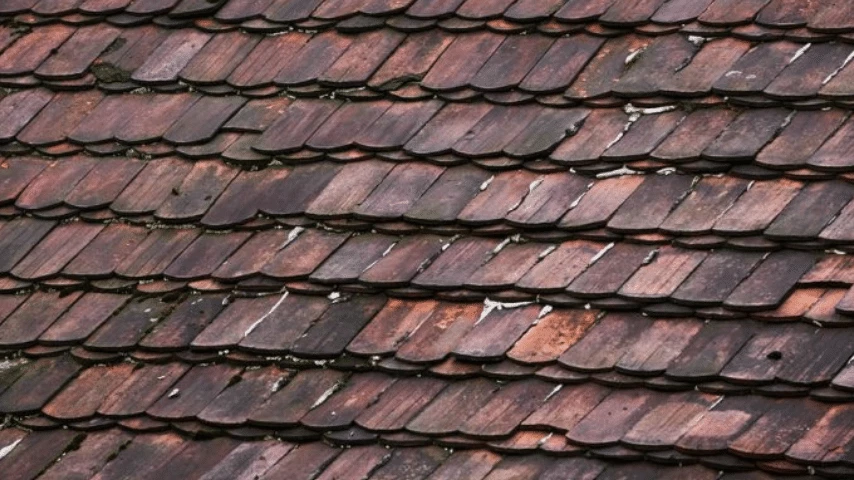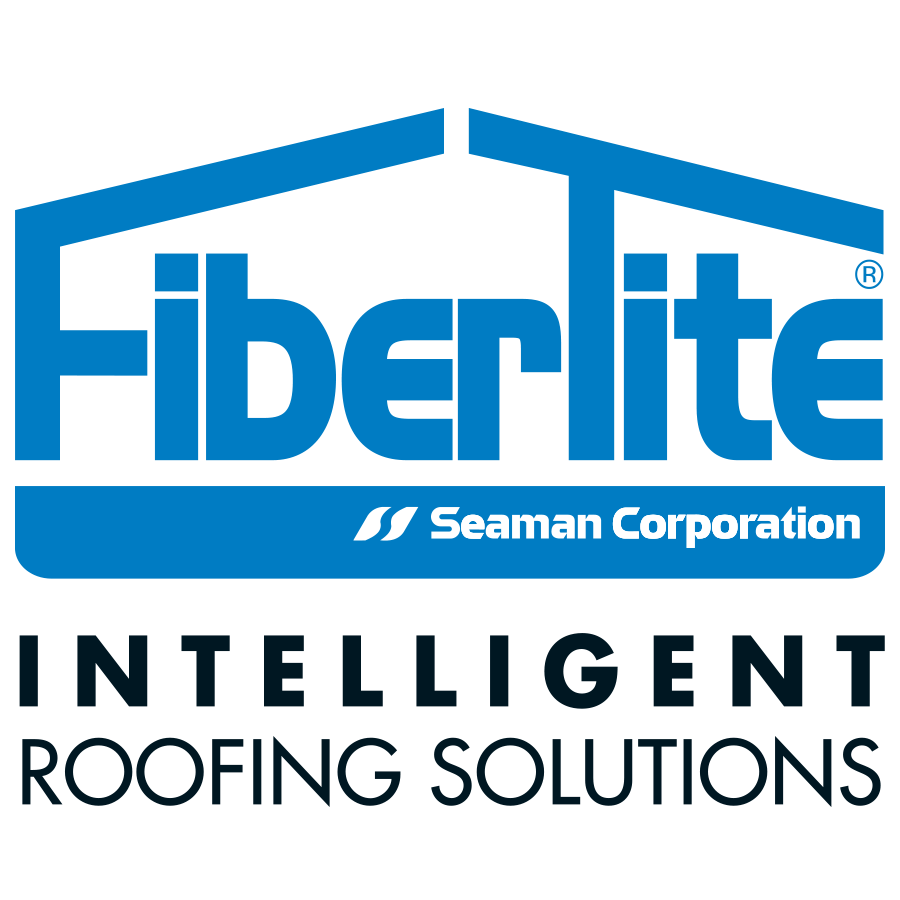
When we think of roof waterproofing, our minds immediately jump to the idea of keeping water out during a heavy rainstorm. And while rain is certainly a big factor, roof waterproofing does so much more than just shield your home from a downpour. In fact, the science behind waterproofing plays a crucial role in protecting your home from a variety of environmental challenges that could lead to costly repairs and structural damage over time.
Waterproofing your roof isn’t just about preventing leaks—it’s a vital step in ensuring the long-term durability of your home and protecting it from the damaging effects of moisture, temperature fluctuations, and the harsh elements.
How Does Roof Waterproofing Protect A Home From Environmental Damage?
While rain might be the first environmental factor that comes to mind when considering roof protection, waterproofing your roof does far more than just stop leaks during a storm. It plays a crucial role in shielding your home from a range of environmental threats that could otherwise lead to costly damage. Here’s how roof waterproofing provides comprehensive protection:
1. Protecting Against Wind and Water Intrusion
Strong winds during a storm can drive rain into areas where water wouldn’t normally reach, especially around vents, chimneys, or cracks in the roof. Waterproofing creates a barrier that not only keeps rain from entering your home but also prevents wind-driven water from getting past the roofing material. This can drastically reduce the likelihood of water seeping into your home, leading to mold growth, structural damage, or rotting wood.
- Wind and Water Protection: A waterproofed roof creates a reliable barrier against rainwater and wind, reducing the risk of damage from storms.
2. Defending Against Snow and Ice
Waterproofing your roof is also an important defense against snow and ice buildup. When snow melts on your roof and then refreezes due to fluctuating temperatures, it can create ice dams. These dams block the flow of water off the roof, causing the water to back up and potentially leak into your home. Waterproofing helps prevent ice dams by ensuring that any melted snow is properly diverted off the roof, reducing the risk of damage.
- Ice Dam Prevention: Proper roof waterproofing helps manage snowmelt, ensuring that water doesn’t pool and freeze, which can lead to leaks.
3. Resisting UV Damage
Another environmental factor that’s often overlooked is UV radiation from the sun. Over time, the sun’s rays can cause roof materials to degrade, leading to cracking, fading, and weakening. Waterproofing your roof creates an additional layer of protection that helps prevent this kind of damage, extending the lifespan of your roof and keeping it functioning properly for longer.
- UV Protection: Waterproofing acts as a shield against the damaging effects of UV rays, helping to preserve your roof’s integrity.
4. Protection From Pollutants
Modern cities are full of pollutants, from industrial chemicals to airborne dirt and debris. These pollutants can settle on your roof, causing buildup that may eventually penetrate through the roofing materials. Waterproofing helps protect the roof surface by creating a protective coating that resists these harmful elements, keeping your roof cleaner and more durable.
- Pollution Defense: Waterproofing reduces the likelihood of damage from pollutants and contaminants, helping your roof stay in better condition for longer.
What Materials Are Commonly Used For Roof Waterproofing?
There are various methods for waterproofing a roof, and the materials used can vary depending on the type of roof, climate, and the homeowner’s preferences. Here are some of the most common waterproofing materials used in roofing:
1. Liquid Waterproofing Membranes
Liquid waterproofing membranes are one of the most popular methods used for waterproofing roofs. These are applied as a liquid and then dry to form a seamless, flexible barrier that prevents water from penetrating the roof. Liquid membranes are perfect for roofs with complex shapes or joints, as they can be applied evenly over irregular surfaces.
- Benefits: Flexible, seamless, and can be applied to a variety of roof types.
2. Bituminous Waterproofing
Bituminous waterproofing involves using asphalt-based materials, often in the form of sheets or coatings, to waterproof the roof. This method is typically used for flat or low-slope roofs, where water tends to pool. Bituminous membranes are known for their durability and excellent waterproofing properties, making them a great option for protecting against water intrusion.
- Benefits: Highly durable and effective at keeping out water, ideal for flat roofs.
3. Polyurethane Liquid Membranes
Polyurethane-based waterproofing is known for its strength and flexibility. It’s especially useful for roofs that are subjected to significant temperature fluctuations. Polyurethane membranes can withstand both extreme heat and cold, making them ideal for climates with diverse weather patterns. This material is often used for both residential and commercial roofing projects.
- Benefits: Excellent flexibility and UV resistance, making it a great choice for climates with varying temperatures.
4. EPDM Rubber Roofing
EPDM (Ethylene Propylene Diene Monomer) is a synthetic rubber material that is widely used for roofing because of its durability and waterproofing properties. EPDM is typically used on flat roofs, providing excellent protection against water, UV rays, and extreme weather conditions. It’s also easy to install and maintain, making it a cost-effective option for homeowners.
- Benefits: Long-lasting, low maintenance, and great for flat roofs.
5. TPO (Thermoplastic Olefin) Membranes
TPO roofing is another popular option for waterproofing, especially in commercial buildings. TPO is a single-ply roofing membrane that combines the benefits of both rubber and plastic, providing superior resistance to UV rays, ozone, and other weather conditions. It’s also a highly energy-efficient option, reflecting sunlight and helping to reduce cooling costs.
- Benefits: UV-resistant, energy-efficient, and offers long-term protection.
How Does Waterproofing Prevent Structural Issues In Roofs?
Waterproofing does more than just keep water out of your home—it also plays a crucial role in preventing structural damage to your roof and home. Here’s how waterproofing helps protect the integrity of your roof:
1. Prevents Water Accumulation
When water is allowed to accumulate on the roof due to poor waterproofing, it can gradually erode the roof materials and cause significant structural issues. Water that seeps under shingles or tiles can weaken the underlying materials, leading to rotting wood, rusting metal, and a compromised structure. Waterproofing ensures that water flows off the roof properly, preventing it from accumulating and causing long-term damage.
- Structural Integrity: Waterproofing prevents water buildup that can lead to rotting, rusting, and the weakening of structural materials.
2. Stops Mold and Mildew Growth
Moisture infiltration not only affects the structure of the roof but also encourages mold and mildew growth. These fungi can spread quickly and cause extensive damage to roofing materials, insulation, and the interior of your home. Waterproofing helps to eliminate moisture intrusion, reducing the chances of mold and mildew formation and protecting your home from the destructive effects of these contaminants.
- Mold Prevention: Waterproofing helps eliminate the moisture that promotes mold and mildew, safeguarding your home’s structural integrity.
3. Maintains Insulation Efficiency
Waterproofing helps keep moisture away from the roof and insulation. When moisture seeps into the insulation, it can reduce its effectiveness, leading to higher energy costs and a less comfortable living environment. Waterproofing ensures that your insulation stays dry and performs efficiently, helping to maintain the temperature inside your home.
- Energy Efficiency: Proper waterproofing protects your insulation, allowing it to work more efficiently and maintain a comfortable temperature inside.
Why Is Roof Waterproofing Important For Long-term Durability?
Roof waterproofing isn’t just about short-term protection—it’s about ensuring the long-term durability of your home’s roof. Here’s why it’s so crucial for extending the life of your roof and avoiding costly repairs in the future:
1. Prevents Costly Repairs
By addressing water intrusion and moisture buildup early on, waterproofing helps prevent the need for major roof repairs down the road. The cost of repairing water damage, mold, or structural issues caused by an old, worn-out roof is far higher than the cost of investing in waterproofing. Waterproofing your roof now can save you thousands in future repairs and replacements.
- Cost Savings: Regular waterproofing can prevent expensive repairs caused by water damage and structural issues.
2. Increases Roof Lifespan
Waterproofing helps protect your roof from the elements, allowing it to last longer. When your roof is properly waterproofed, it resists the damaging effects of water, UV rays, ice, and other environmental factors that can degrade its materials. This extends the lifespan of your roof, meaning you won’t need to replace it as often.
- Longevity: Waterproofing helps extend the life of your roof, giving you a durable, long-lasting protection solution.
3. Boosts Home Value
A well-maintained roof is one of the most important factors in a home’s value. Waterproofing adds an extra layer of protection that keeps your roof looking good and functioning well for years to come. A roof that’s been properly waterproofed is less likely to develop leaks, mold, or other issues, making it a valuable asset to your home’s overall worth.
- Home Value: A waterproofed roof contributes to the long-term value of your home by protecting against water damage and preserving the integrity of the structure.
Roof waterproofing is about more than just keeping rain out—it’s a critical component of protecting your home from environmental damage, preventing costly structural issues, and ensuring long-term durability. By investing in waterproofing, you’re not only safeguarding your roof but also enhancing the overall value and lifespan of your home.
Whether it’s defending against snow, ice, UV rays, or pollutants, waterproofing is an essential step toward maintaining a safe, comfortable, and durable home. Don’t wait for water damage to occur—take proactive steps now to protect your roof and your home for years to come!
Protect Your Home with Eason Roofing’s Expert Waterproofing Solutions—Contact Us Today!
At Eason Roofing, we understand that your roof is more than just a covering—it’s your home’s first line of defense against the elements. Don’t wait for the next storm or the first sign of water damage to take action. Our expert waterproofing services will ensure your roof stands strong against rain, snow, UV damage, and more, protecting both your home and your wallet.
Reach out today to schedule your consultation and discover how our waterproofing solutions can provide lasting peace of mind for years to come!





